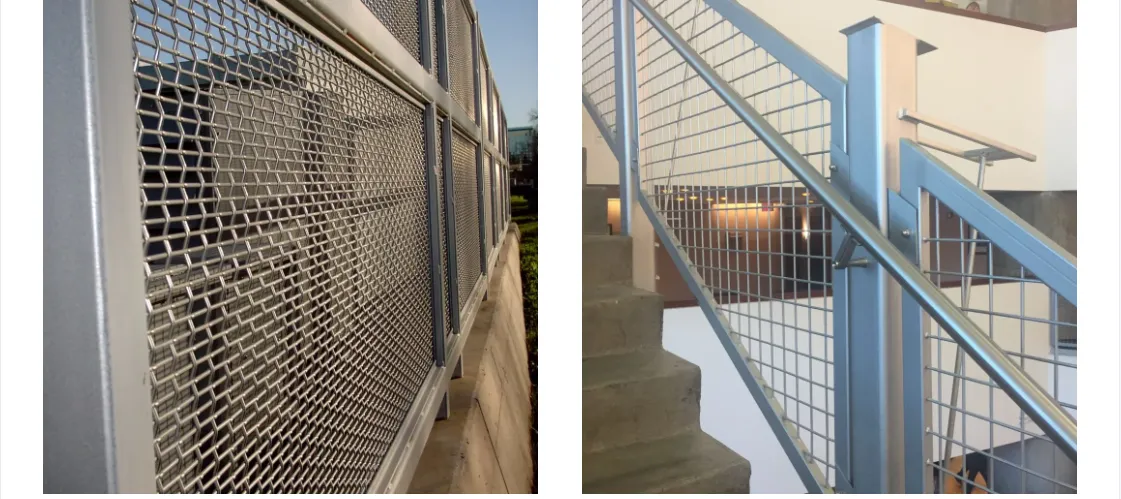Acoustic Fencing Does It Work?
In an increasingly noisy world, the quest for tranquility and peace in our personal spaces has never been more pressing. As urban development continues to rise, so does the need for effective noise reduction solutions. One innovative approach to mitigating noise pollution is the use of acoustic fencing. But does it truly work? Let’s explore the science behind acoustic fencing and its effectiveness in noise reduction.
What is Acoustic Fencing?
Acoustic fencing is a type of barrier specifically designed to absorb sound and reduce noise levels in specific areas. Typically constructed from materials like wood, vinyl, or concrete, these fences are engineered to block sound waves that travel through the air. Unlike traditional fences, which primarily serve aesthetic or security purposes, acoustic fences are purpose-built to create a quieter environment.
How Does It Work?
The effectiveness of acoustic fencing in noise reduction depends on several factors, including the material used, the height of the fence, and its design. Sound travels in waves, and barriers can deflect, absorb, or refract these waves. Acoustic fences are usually taller and denser than regular fences, which helps to dissipate sound energy and reduce the noise that reaches the other side.
The materials chosen for acoustic fencing play a significant role in its effectiveness. Dense materials like concrete or specially designed wooden panels can absorb sound waves better than lighter materials. Additionally, the fence must be free of gaps and joints to ensure maximum sound insulation. Solid constructions with no openings can significantly reduce the transmission of noise, making them a practical choice in noisy environments.
acoustic fencing does it work

Effectiveness in Various Settings
The efficacy of acoustic fencing can vary based on the surrounding environment. For instance, an acoustic fence installed near a busy highway may significantly lower the sound of traffic for nearby homes. Studies have shown that such barriers can reduce noise levels by as much as 10 to 15 decibels, which is a considerable decrease for residents living in close proximity to noise sources.
However, the installation of acoustic fencing is not a one-size-fits-all solution. Its effectiveness can diminish if not properly installed or if the noise source is too close. Tailoring the design and height of the fence to the specific type of noise and its source is crucial for achieving optimal results. For example, a taller fence may be necessary to block higher-frequency noises, while lower frequencies might require denser materials.
Limitations and Considerations
While acoustic fencing can be an effective noise-reduction strategy, it is not without its limitations. In cases where the noise source is extremely loud or where other environmental factors come into play, such as echoing off nearby buildings, acoustic fencing alone may not be sufficient. It's important to consider it as part of a broader noise management strategy, which could also include sound-absorbing landscaping, modifications to the noise source, or even building design adjustments.
Conclusion
In conclusion, acoustic fencing can be an effective solution for reducing noise pollution when designed and installed properly. By considering materials, height, and the specific environment, homeowners and urban planners can utilize acoustic fencing as a valuable tool in the ongoing battle against noise. While it may not eliminate noise entirely, it can significantly improve the quality of life for those seeking refuge from the clamor of modern living.
-
The Strength and Versatility of Aluminum Expanded Metal Mesh
NewsJun.10,2025
-
Safety Guards and Machine Enclosures Using Expanded Mesh
NewsJun.10,2025
-
Performance with Round Hole Perforated Mesh in Wall Panels
NewsJun.10,2025
-
How Steel Grating Trench Covers Distribute Weight Efficiently
NewsJun.10,2025
-
How Deck Mesh Railing Enhances Backyard Aesthetics
NewsJun.10,2025
-
Comparing Bar Thickness and Spacing in Steel Grating
NewsJun.10,2025
Subscribe now!
Stay up to date with the latest on Fry Steeland industry news.

